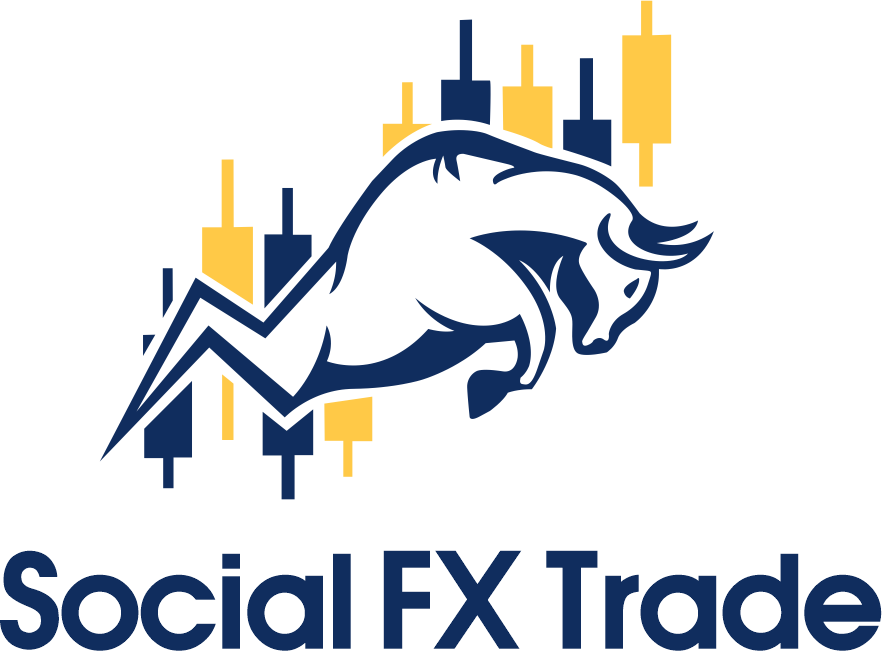
Delving Deeper into Copy Trading and Its Mechanisms
Estimated reading time: 6 minutes
Key Takeaways
- Copy trading mirrors trades of experienced traders, allowing beginners to enter the market.
- It requires due diligence and attention to risk management for successful implementation. Learn more
- Understanding the difference between copy trading and mirror trading is crucial.
- Copy trading has evolved significantly since its inception, with greater transparency and expanded market access. Explore the evolution
Table of contents
Copy trading works via a simple yet ingenious mechanism. The standard process involves linking a portion of your portfolio to the portfolio of the trader you wish to replicate or ‘copy’. Once the link is established, all trading activities undertaken by the copied trader in real-time are mirrored in your account.
For instance, if the trader you’re copying purchases 100 stocks of Company A, an equivalent amount of Company A’s stocks (relative to the linked portion of your portfolio) is bought in your account. This system extends to all trades—whether buying or selling—and is either automatic or instigated manually.
Navigating Risks and Advantages with Copy Trading
Copy trading comes with both risks and advantages. For instance, the most significant advantage is that it helps beginners start trading. It provides a more straightforward approach to getting involved in the financial market, with less initial knowledge required than traditional trading. This advantage encourages many people to start trading, bringing new capital into the market, stimulating activity, and breeding competition.
On the other hand, copy trading also entails potential risks. Some of these include:
- Not understanding why a trader makes specific decisions.
- Becoming overly reliant on other traders.
- Risking monetary losses if the copied trader makes a poor investment or experiences a losing streak.
Hence, while it’s one of the easiest ways to start trading, it requires careful management of risks and rewards. Read more about managing risks.
The Evolution and Future of Copy Trading
Copy trading has come a long way from its inception in the early 2000s. Initially presented by platforms like eToro and Zulutrade, it was designed to democratize investing and make it less intimidating for beginners. Now, it has grown to become a mainstream investment strategy adopted by traders of all experience levels worldwide.
Here’s how copy trading trends have evolved over the years: Learn about the evolution.
- Enhanced Transparency: Initially, lack of transparency was a significant issue. Traders’ strategies were often obscured, and beginners copied blindly. Today, platforms offer detailed traders’ profiles, their performance history, and trading style, equating to better informed decisions.
- Expanded Market: In the early days, copy trading was generally limited to forex trading. However, the market has expanded to include cryptocurrencies, commodities, indices, and more.
Looking ahead, the copy trading market is expected to grow further, fueled by technological innovations, a surge in mobile trading, and an increasing understanding of copy trading benefits. Explore the future of copy trading.
Copy Trading vs. Mirror Trading: What’s the Difference?
Many people tend to confuse copy trading with mirror trading as they both involve following other traders’ strategies, but they are fundamentally different.
- Copy Trading: It involves copying trades from selected traders in real-time. The followers have the liberty to disconnect copied trades and manage them independently. The risk factor in copy trading depends on your chosen trader’s strategies and your financial measures.
- Mirror Trading: In mirror trading, the follower copies pre-established strategies or algorithmic trades created by experienced traders. Here, trades are mirroring the strategy rather than a person, and transactions are automatically implemented with no manual interruption option.
Understanding these differences is essential to decide the most suitable trading approach based on one’s trading experience, risk appetite, and investment landscape.
Making Copy Trading a Part of Your Investment Strategy
Given the advantages that copy trading offers, it can be an attractive addition to your investment strategy. When thoughtfully used, it can complement your established investment approach.
For example, if you’re active in traditional markets like equities and bonds but want to explore forex or cryptocurrencies, copy trading can be a safe way to do this. You can allocate a portion of your portfolio to copy trading to dip your toes in unfamiliar markets, replicating seasoned traders’ actions.
Similarly, copy trading can be a boon for busy individuals who can’t commit a lot of time to studying markets and making trading decisions. With its automatic nature, copy trading allows such investors to participate in the market and learn in the process. Dive deeper into copy trading.
As a caveat, remember to manage your risk by diversifying your investment, not putting all your eggs in the copy trading basket. Always maintain an independent portfolio where you make your investment decisions—this balance ensures you’re learning, growing, and becoming more confident as a trader.
Frequently Asked Questions
What is copy trading?
Copy trading is a trading strategy that allows investors to mimic the trades of experienced traders in real-time.
Is copy trading risky?
Yes, while it can mitigate some risks for beginners, it requires a comprehensive understanding of market dynamics and effective risk management.
How do I choose a trader to copy?
Consider a trader’s past performance, investment strategies, and risk levels to find a suitable match for your financial goals.
